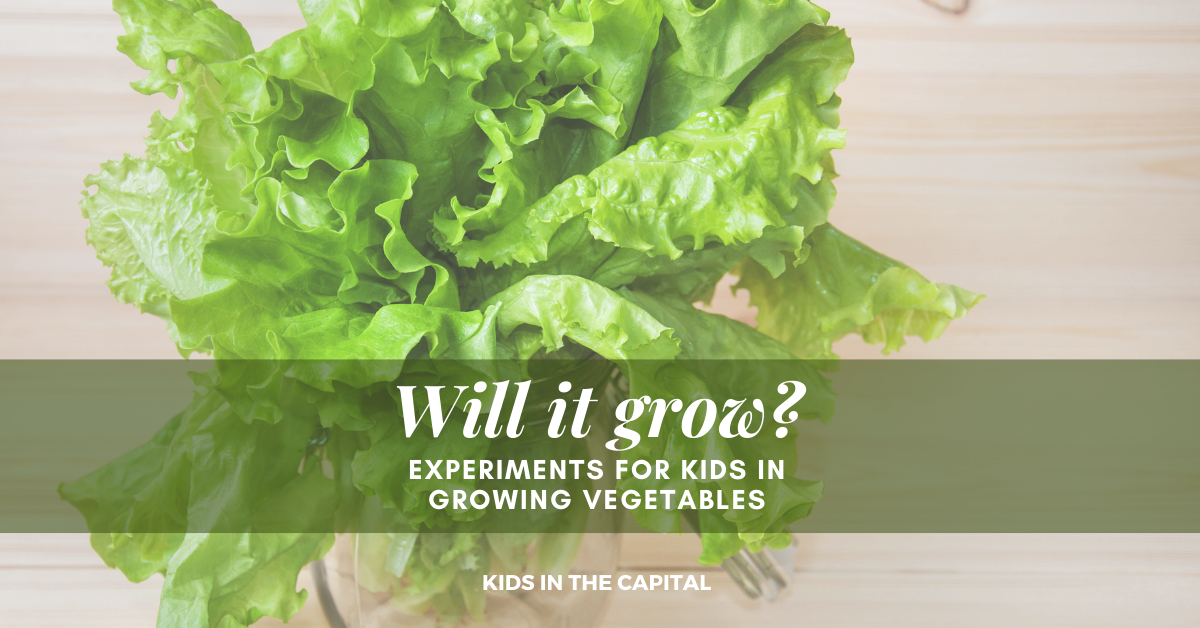Will it grow? Experiments for kids in growing vegetables
/I’m not an avid gardener but I’ve been having a lot of fun in the last while learning what I can and can’t grow - part of it is experimentation and getting ideas from the internet so I thought I’d share a few of the things I’ve seen, have tried, and am currently trying to see if it inspires you!
A mini window greenhouse
This idea from Tiktok is a simple activity that’s fun to try out with little kids to see things grow. I haven’t personally tried this one out but it’s one I would have loved to try with my kids when they were younger so wanted to share.
It’s simply a ziplock bag, wet paper towel, seeds and some construction paper!
Regrowing lettuce
I’ve never done this long enough to eat the lettuce, but the watching the lettuce regrow is always fascinating to me (and even my tweens). Based on this article I may try romaine next time! It’s as simple as cutting off the bottom of your store bought lettuce and sitting it in some water. This is about 3 days out for this iceberg lettuce regrowth. As more browns I will peel off what’s dying away and more new green will replace it!
Lettuce bottom held in water by toothpicks with new growth popping in
Planting old onions
Onion that has sprouted
Every time I find a sprouted vegetable in my kitchen I’m now curious if I can replant it! I did a bit of research and have now attempted to regrow onion!
Here’s what I learned.
Step one - find an old onion that has spouted - don’t throw it away!
Sprouted onion partially peeled down to centre
Step two - peel back the onion - all the way down, and you’ll find multiple onions to regrow. I had two, but it sounds like there are often more in an onion. Leave the roots on the onion.
Sprouted onion peeled down to centre, ready to be cut into two
Step three - once you get all the way down, cut apart the onions using a knife.
Pieces of sprouted onion planted about one inch deep.
Step four - plant about an inch deep in soil (I was worried about planting them right into the garden when we might still get below freezing so I planted them in a bucket for now, but it does seem that they are able to withstand up to -5C (20F) so it might be ok to plant them right into your garden now. )
Step five - Keep them well watered wait about 3 months and then you probably (maybe) have onions! They are ready to harvest when the necks are soft and bending over. If they’re still standing up straight leave them to grow a while longer.
Let me know if you found this interesting and you’d like to hear about more of the things we attempt to regrow and how we do it! Our pineapple plant from last year is still doing great and I’m hopeful in a year or two we’ll get a tiny little pineapple from it too!

















